Let’s make fresh and tender Gyoza Wrappers from scratch! All you need is salt, water, and flour. That’s it! Watch the video tutorial and enjoy the fun and rewarding process.
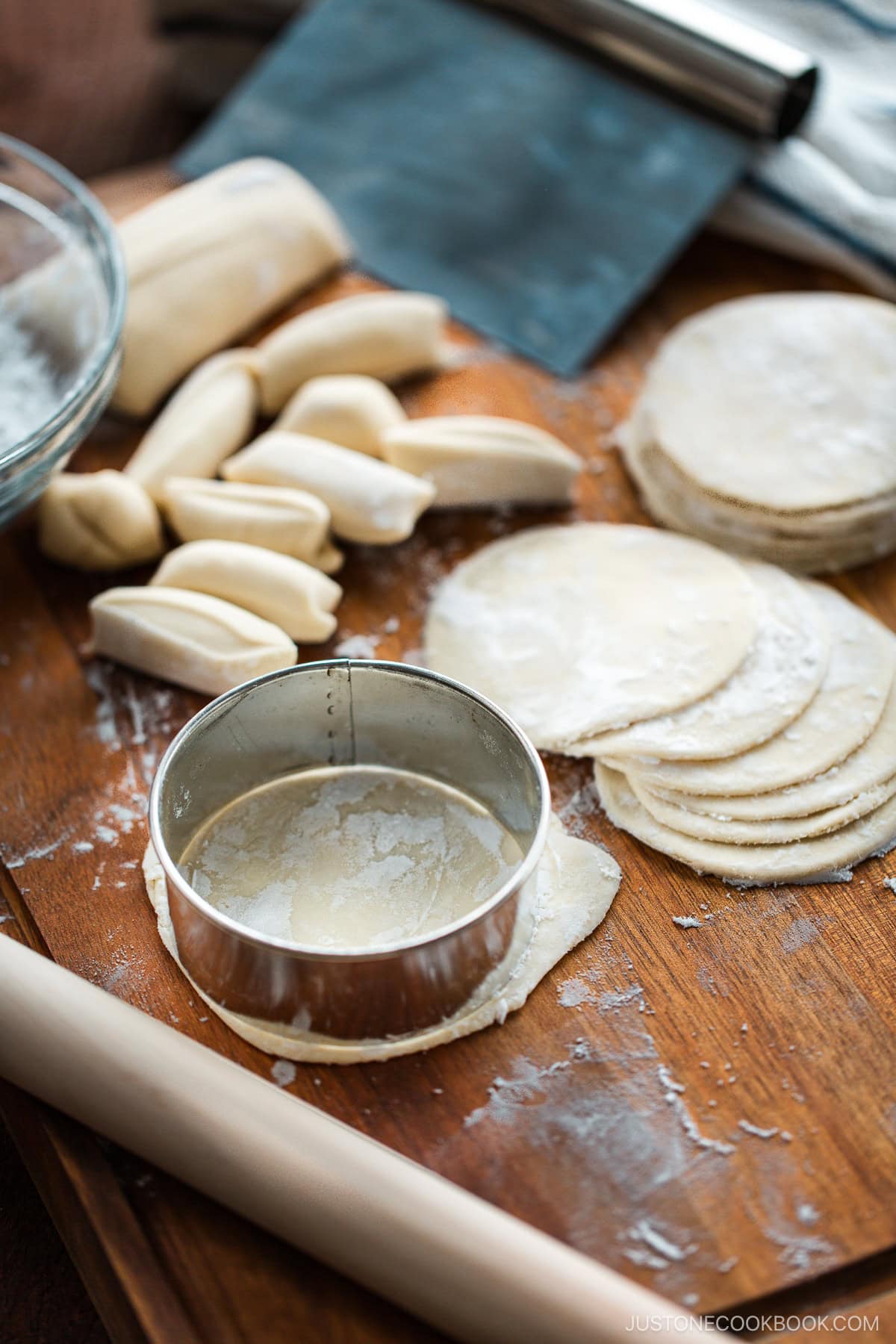
Gyoza wrappers are not something that I used to make from scratch. While everything homemade is best in an ideal world, who has the time when you can easily buy them from Asian grocery stores?
It wasn’t until I took upon the challenge of making homemade gyoza wrappers that I realized it wasn’t as daunting and difficult as I’d thought. You need only salt, water, and flour! The experience is so rewarding that I know you’ll enjoy learning how to make gyoza wrappers from scratch, too.
Table of Contents
What Are Gyoza Wrappers?
Gyoza wrappers are a thin and round flour pastry that wraps around the filling of gyoza or Japanese potstickers. The dough is made of wheat flour, water, and a pinch of salt. They get crispy when pan-fried or deep-fried and become soft and tender when boiled, just like wonton wrappers.
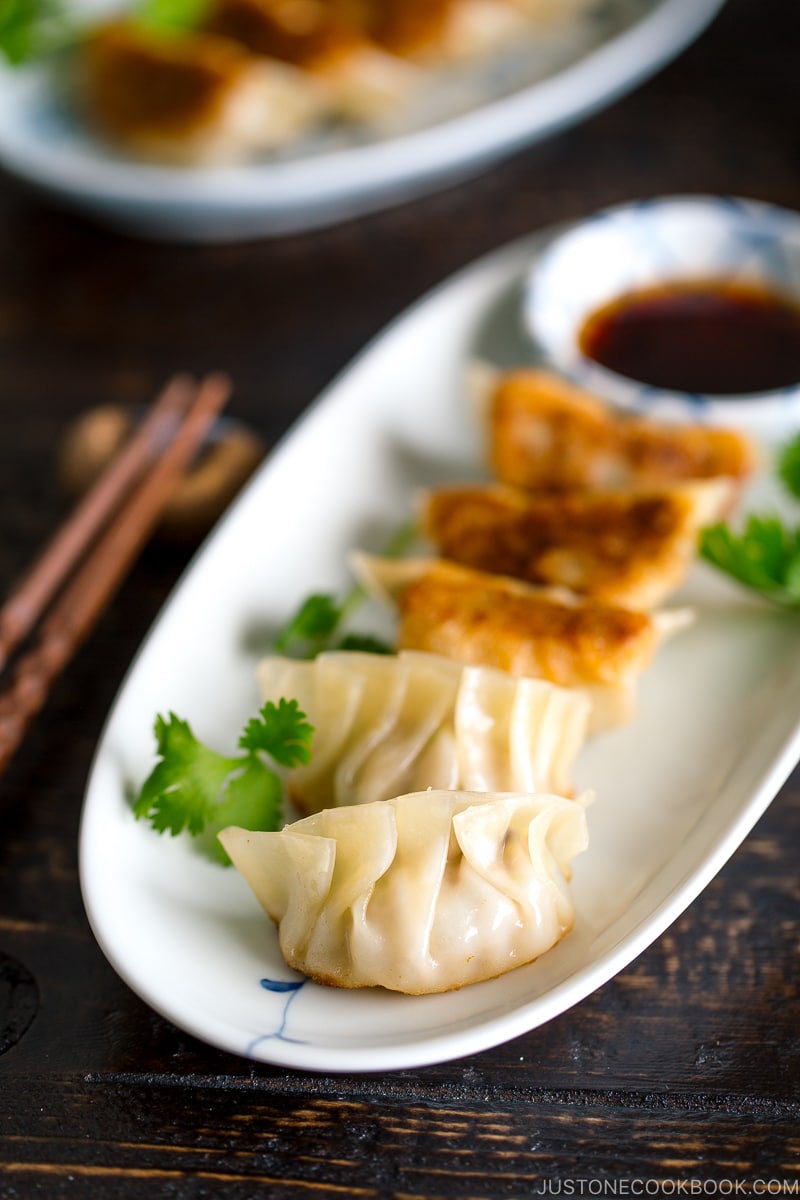
Japanese gyoza dumplings are very similar to Chinese potstickers. The main differences are in the size and thickness of the wrappers. Chinese potstickers are larger, so the skins are typically thicker than gyoza skins.
Ingredients You’ll Need
- all-purpose flour – or use half bread flour + half cake flour; be sure to weigh your flour for the best results, or use the “fluff and sprinkle“ method and level it off
- kosher salt
- hot water – use just-boiled water
- potato starch (cornstarch) – for rolling and dusting
How To Make Gyoza Wrappers
- Mix all the ingredients with a rubber spatula in a large bowl.
- Knead the dough for 10 minutes, shape it into logs, wrap in plastic wrap, and rest for 30 minutes on the counter.
- Cut the dough into small pieces, flatten with a rolling pin, and cut out into a circle shape using a cookie cutter.
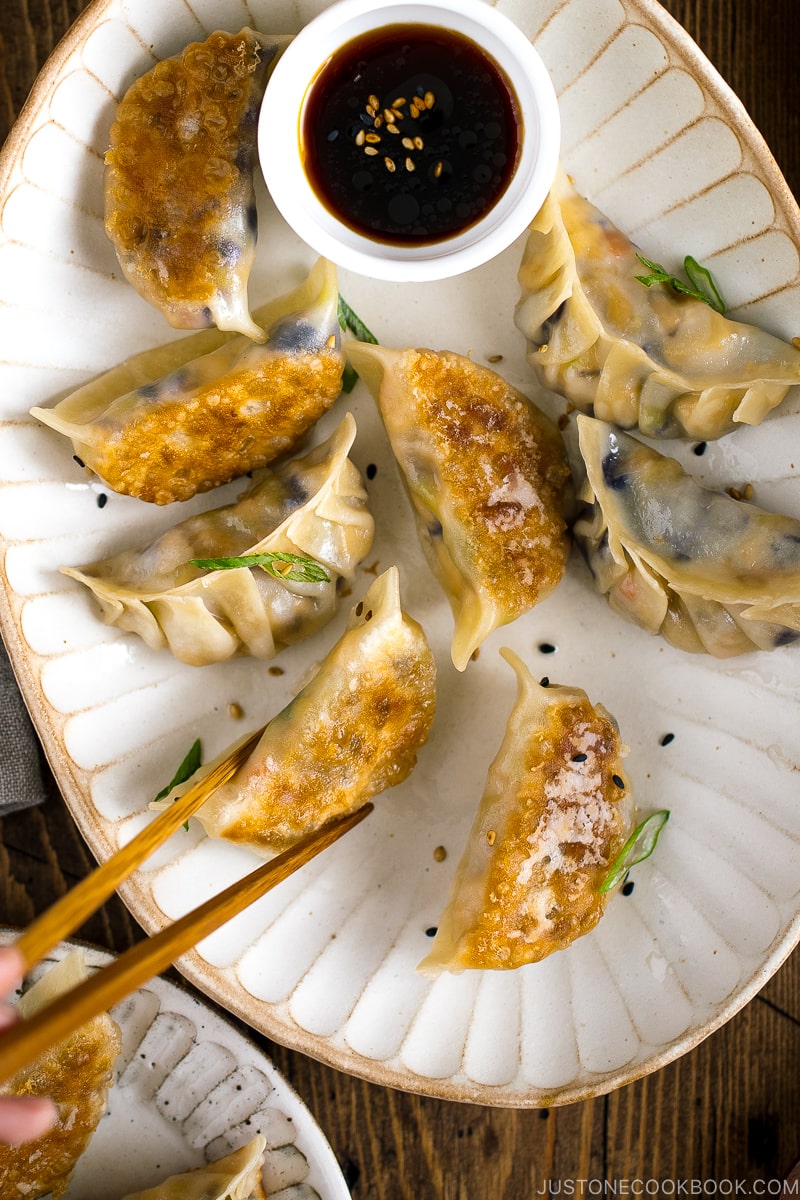
Homemade vs. Store-Bought Gyoza Wrappers
Homemade gyoza wrappers can be time-consuming, but I find the process extremely fulfilling and calming. Save it for the weekend or a quiet evening when you can enjoy the experience. Or, make it a fun activity to do with family or friends. Gyoza party, anyone?
Homemade gyoza skins taste fresh, and they are so tender and pliable for folding. Also, there are no preservatives to worry about. Seeing my family devour the from-scratch gyoza I made pleases me more than anything. The total time longer, but it’s worth it!
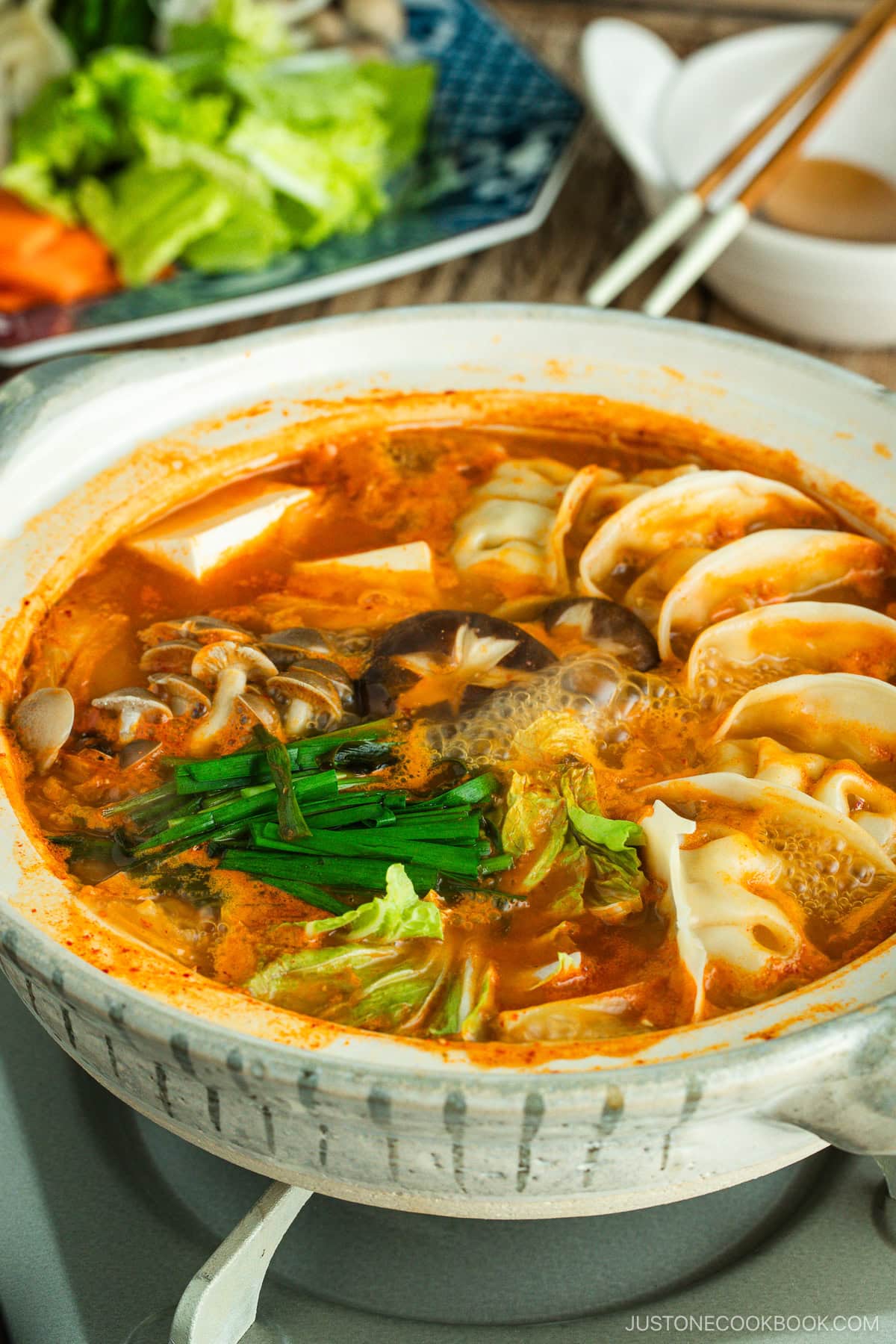
Ways To Use Gyoza Wrappers
Try these other recipes to fill your homemade dumpling wrappers and pan-fry until golden brown!
- Gyoza
- Vegetable Gyoza (vegetarian/vegan)
- Gyoza with Wings
- Chicken Shiso Gyoza
- Napa Cabbage Gyoza
- Kimchi Gyoza Nabe
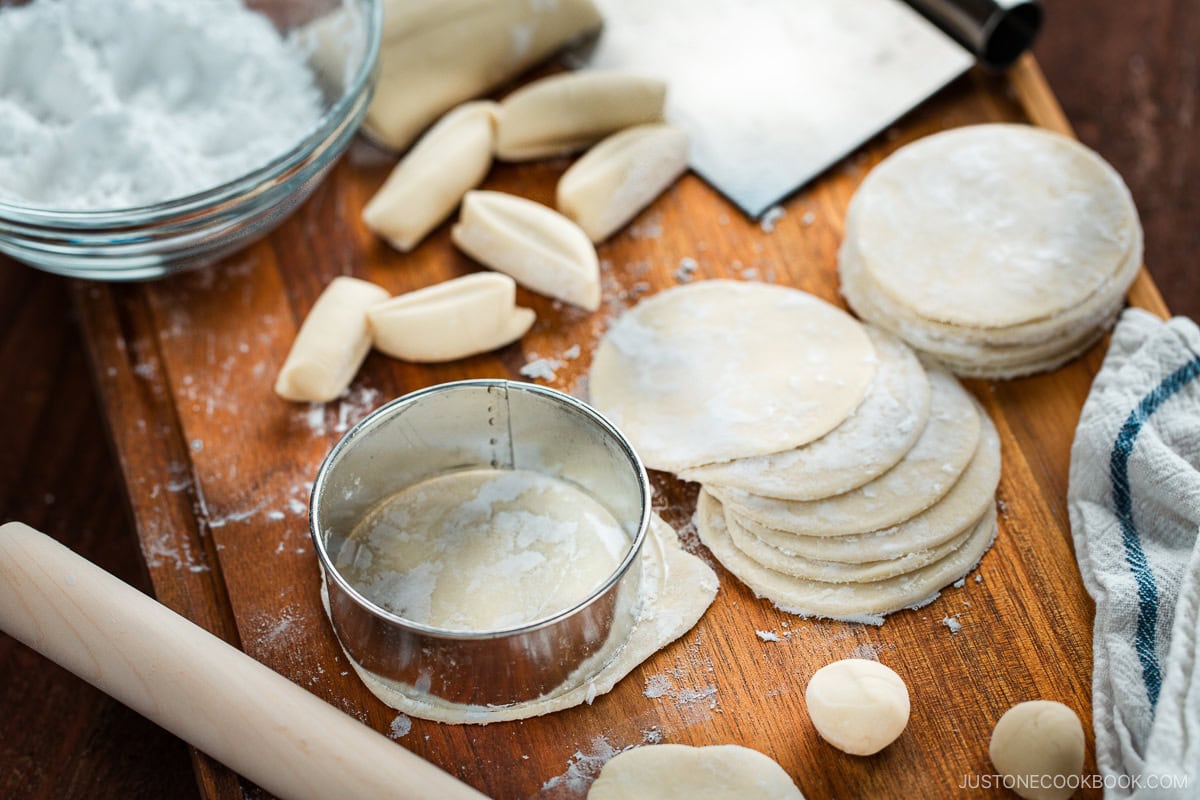
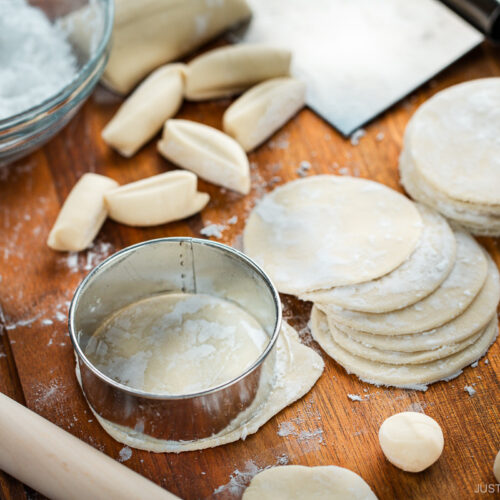
Gyoza (Japanese Potsticker) Wrappers
Video
Ingredients
- 2 cups all-purpose flour (plain flour) (weigh your flour; click the Metric button for weights; or learn how to measure flour with a measuring cup; you can substitute 1 cup, 120 g bread flour + 1 cup, 120 g cake flour)
- ½ tsp Diamond Crystal kosher salt
- ½ cup water (just-boiled hot water; plus more, as needed)
- potato starch or cornstarch (for rolling and dusting; or substitute regular flour if you‘re not freezing them)
Instructions
Before You Start
- I highly encourage you to weigh your ingredients using a kitchen scale. For weights, click the Metric button above to convert the measurements. If you don't have a scale, here's how to measure flour with a measuring cup: Fluff the flour with a spoon, sprinkle it into the measuring cup, and level it off. Otherwise, you may scoop more than you need. 1 US cup of flour weighs 4.25 oz (120 g).
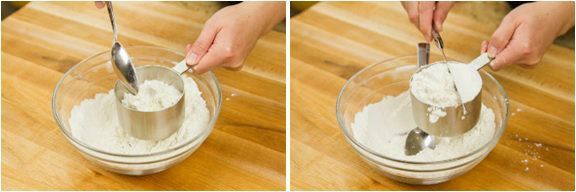
- Gather all the ingredients.
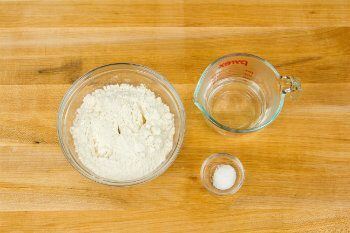
To Make the Dough
- Sift 2 cups all-purpose flour (plain flour) into a large bowl.
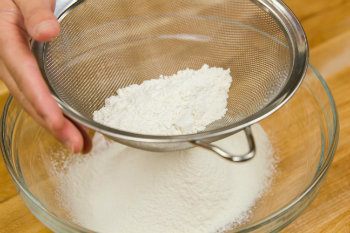
- Add ½ tsp Diamond Crystal kosher salt to the just-boiled hot water and stir until completely dissolved.
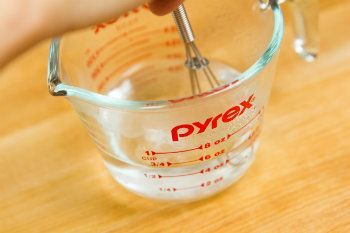
- Add ½ cup water (just-boiled and hot) to the flour, a little at a time, stirring with a rubber spatula. Mix until combined completely. If the flour is still not incorporated, add more hot water, ½ Tbsp at a time, until the mixture forms a ball. You will eventually need to use your hands to do this. Tip: Different brands of flour absorb water differently, so use more hot water as needed; I used about 120–150 ml for one batch.
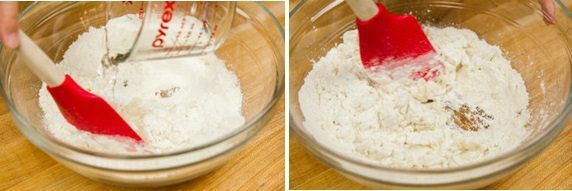
- Transfer the dough to a work surface and knead it for 10 minutes.
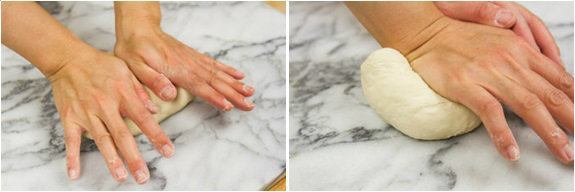
- After 10 minutes, the texture of the dough will be much smoother. Use a dough scraper to cut the ball of dough in half (it doesn‘t have to be exact).

- Shape each half into a long log about 1½ inches (3.8 cm) in diameter, although it doesn‘t have to be perfect, especially if you use a cookie cutter later. Wrap each log with plastic wrap. Let it sit for 30 minutes.

To Roll the Wrappers
- Unwrap the dough. Sprinkle a little potato starch or cornstarch on the work surface. Cut each log crosswise into pieces about ¾ inch (2 cm) wide. Since we’ll be using a cookie cutter, don’t worry if each piece of dough is a slightly different size. One batch of this recipe can make about 38–42 wrappers. Tip: If you plan to freeze the wrappers, please use potato starch or cornstarch for dusting and rolling, as the wrappers tend to stick to each other if you use flour.
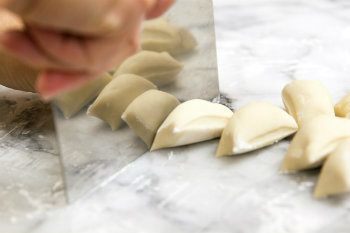
- Be sure to cover the dough with a damp kitchen towel at all times to prevent it from drying.
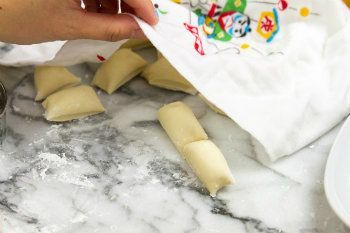
- Roll each piece of dough into a ball.

- Press the ball flat on the work surface.

- Using a rolling pin, roll out the dough, but DO NOT flatten the TOP and BOTTOM edges. This is the trick to making a nice round shape.

- Rotate the dough 90 degrees and roll again into a thin circle. If the dough is hard to roll out or shrinks back, let it rest a bit to relax the gluten and try again.
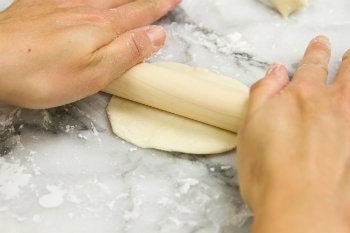
- Cooker cutter (optional): If you want a perfectly round shape for your wrappers, cut your rolled dough circle with a 3-inch (8 cm) cookie cutter. If the dough rolls back, leave it for a few seconds, then try again to cut the dough. Remove the excess dough scraps and cover them with a damp towel. Later, combine all the scraps (if they still squish together and haven’t dried out) and re-roll to make more wrappers.
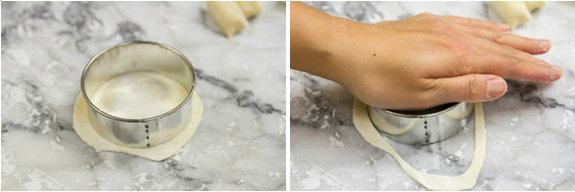
- Sprinkle each wrapper with potato starch and stack them. Make sure to cover them with a damp kitchen towel as you continue rolling the remaining dough. Once you‘ve rolled out all the wrappers, they are ready to use. You can also freeze or refrigerate them to use later (see below).
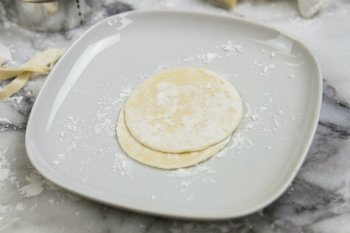
To Store for Later
- Wrap the stacked gyoza wrappers with plastic wrap and store in the refrigerator for 3–4 days or in the freezer for up to a month. To use, defrost in the refrigerator overnight or on the counter for 60 minutes (depending on the amount and room temperature). Do not defrost in the microwave.
To Make Gyoza
- You can use these Homemade Gyoza Wrappers to make Gyoza, vegetarian/vegan Vegetable Gyoza, Chicken Shiso Gyoza, Gyoza with Wings (Hanetsuki Gyoza) and Korean-style Kimchi Gyoza. If you‘re new to making Japanese potstickers, see my tutorial on How to Fold Gyoza.
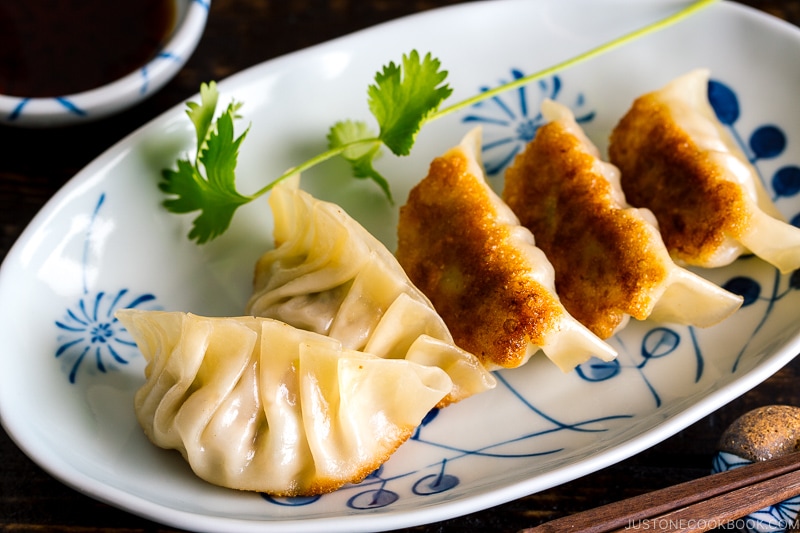
Nutrition
Editor’s Note: The post was originally published on February 19, 2014. It’s been updated and republished in July 2020.
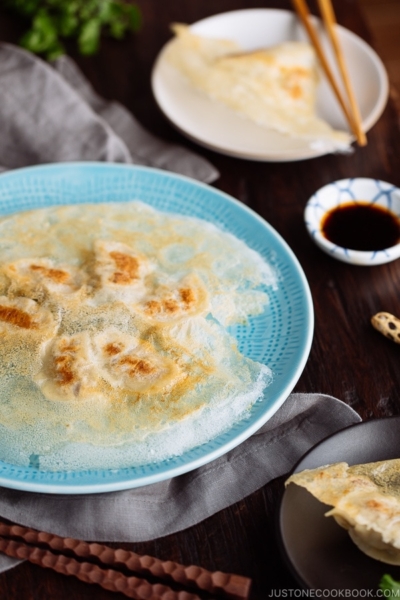
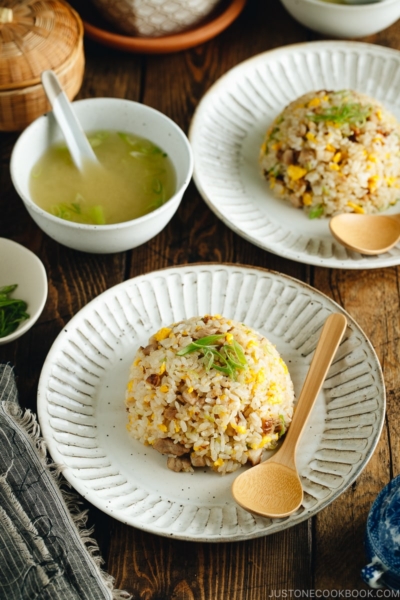
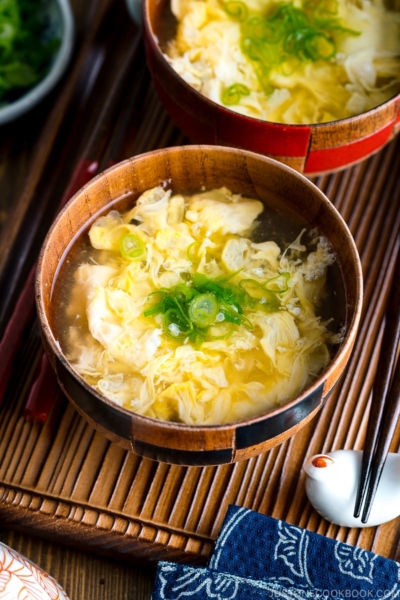
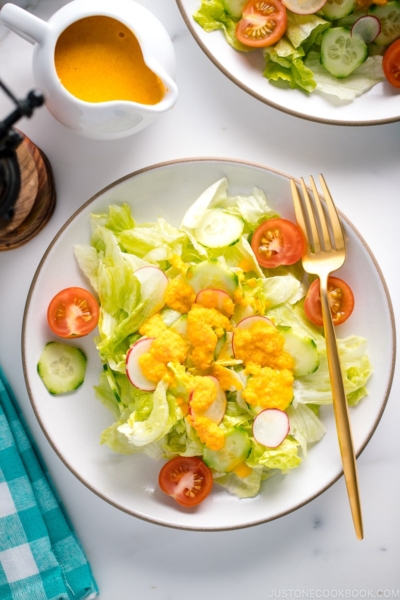
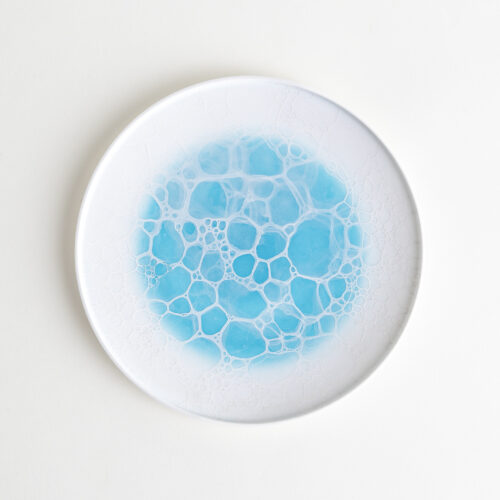
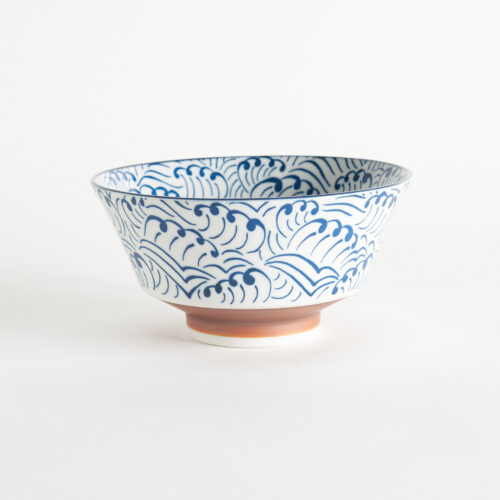
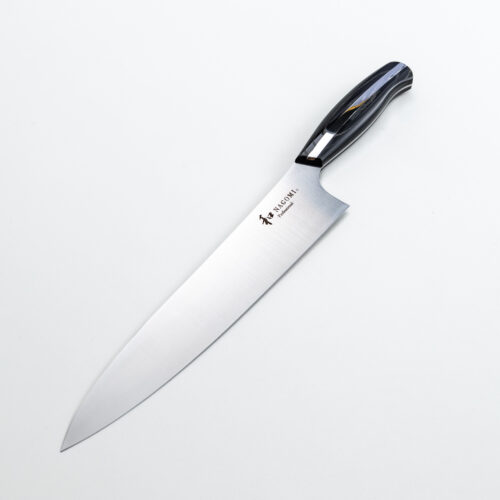
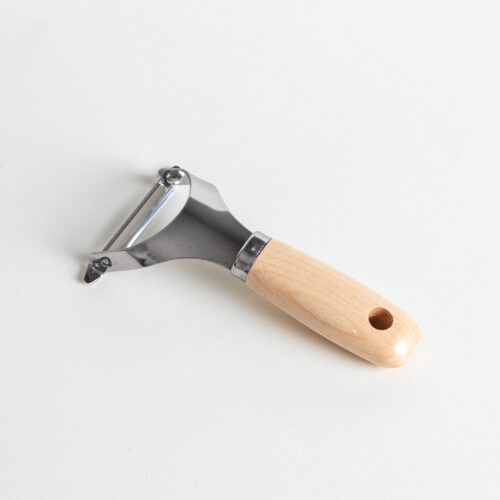
These were delicious. I only got 20 wrappers though. I am guessing I did not roll them thin enough but they were great. I also had to add about 1/2 cup more flour to my mixture. Is this suppose to feel like a dry dough, similar to the feel of a pie crust?
Hi, Kimberly. Thank you for trying Nami’s recipe! We are glad it turned out delicious!
The dough is like bread dough, and it is not dry. Nami’s video may help you get a better idea.🙂 We also recommend measuring the flour with a kitchen scale to get a more accurate amount.
We hope these suggestions help you on your next try!
My dough is very soft and when wrapping it, it becomes a soft mess, no matter how much flour i dust it with. Any way around this? Thanks!
Hi, May! Thank you for trying Nami’s recipe.
We’re sorry to hear that the dough did not work out nicely this time. As Nami mentioned in the recipe, different brands of flour absorb water differently, so there could have been too much water.
You can try adding more flour and kneading the dough and resting it once more. We hope this makes it better!
Can I use tapioca flour as an alternative for the corn or potato starch?
Hi, Ashley! Thank you for testing Nami’s recipe.
We have not experimented with tapioca flour, but it should work. Please let us know how it goes if you give it a try!
Thank you for this recipe. I’m in search of more economy, esp when cooking, would I be able to use the pasta roller on this dough, and then cut the circles out?
I do not want to make the dough tough, but I would like something easier on my hands.
Again thank you for this recipe, and if you have idea let me know. I subscribe and love the recipes.
Hello, Melanie. Thank you for trying Nami’s recipe.
We have not tested this recipe on the pasta roller, but we believe it will work.
If you attempt it, please let us know how it goes!
Yes, that’s typically how I make my gyoza wrappers. I separate them and just roll them into balls, then wrap and rest. After resting, I will take my pasta maker and roll it a few times on each thickness, folding the dough over on itself until I reach the #7 mark and it’s thin enough for gyoza wrappers, then I coat the sheet in a thin layer of corn starch on both sides and cut. Trial and error may be required on your pasta maker for the correct thickness.
Konnichiwa Nami san, could you please state for clarity just how big your measure cup is ? You write often 1 cup = 120g. In Japan we have European measurement system, but use American size cup = 240g. In Europe we use the UK cup size = = 250g. So I’m confused and hesitate to start baking.
Hi, Ewa! Thank you for reading Nami’s post and trying her recipe!
Nami uses a US cup that holds 240 ml.
The measuring unit is weighed in this recipe, and 1 cup of flour weighs 120g.
For baking recipes, we highly recommend using a scale for more accuracy.🤗
We hope this helps!
Thanks for the recipe, the dough was easy to work with and tasted amazing!
Hi Gala, We are glad to hear you enjoyed Nami’s recipe!
Thank you so much for trying her recipe and for your kind feedback.😊